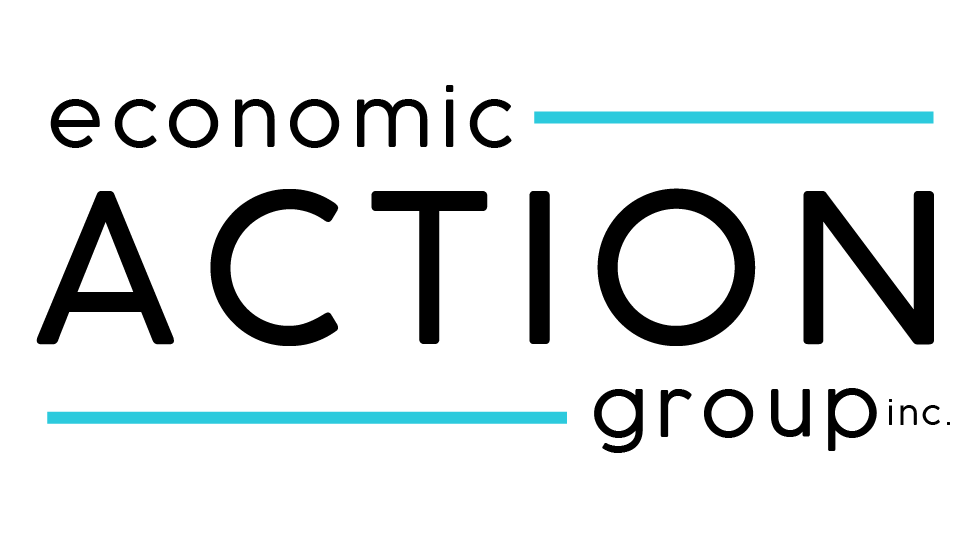Key Locations
Opportunity sites offer endless alternatives for community and economic development. These underutilized and/or vacant sites should be assessed for interim and long-term redevelopment. Options for redevelopment include industry and manufacturing, housing, community facilities, open space, and recreation. Opportunity sites identified by the City should be marketed across multiple platforms to potential investors. Stakeholders such as industry, property owners, the Youngstown/Warren Regional Chamber, and Western Reserve Port Authority should continue to work with the City to recognize and utilize state and federal funding for cleaning of properties, mixed use development, and historic preservation with the intention of creating greater employment and residential density that will increase fiscal and market capacity of Downtown.
Next Steps:
- Convene stakeholders to categorize, analyze, and prioritize opportunity sites on a bi- annual basis
- Identify barriers to development and implement remediation plans to address such barriers
- Identify site readiness of each site
-
Create campaigns of opportunity sites available through the City’s website, InSite, and
other commercial development websites
Team:
Center for Urban and Regional Studies, Eastgate Regional Council of Governments, Eastern
Gateway Community College, Economic and Community Development Agency,
Federal Liaisons
, JobsOhio, Mahoning County Land Bank, Vibrant NEO, Western Reserve Port Authority, Youngstown State University, Youngstown/Warren Regional Chamber Infill Strategy Providing opportunities for revitalization that preserve open space and increase the tax base by renewing a property’s value are outcomes of an infill strategy. Infilling takes advantage of abandoned, vacant, and underutilized sites by recognizing the significant locational and infrastructural support that older properties often provide. Infilling is a popular strategy because it strengthens local businesses, spurs involvement, and increases quality of life. Also, it provides authentic and enduring destinations. Infill strategies can attract locals and tourists because their creativity draws attention, providing an anchor quality that may lead to other incremental locally-based improvements. One common approach to infill strategies is “Lighter, Quicker, Cheaper” that incorporates incremental steps through low-cost experiments that promote local talent in public and underutilized spaces. It’s an alternative to capital- heavy, top-down planning. There are several regional partners and institutions with knowledge on infilling best practices. Examples of projects in Youngstown and in the region include the establishment of community gardens and farmers markets, pop-up retail shops, food trucks, co-working facilities, and live/work studios. Next Steps:
- Conduct a space utilization survey
- Prepare Phelps Street Plan for pedestrian-only entertainment street between Federal and Commerce streets
- Prepare a green space and recreation plan for interim use of city-owned vacant parcels
• Determine actual and perceived barriers that limit pedestrian movement between
Downtown and destinations
Team:
Center for Urban and Regional Studies , Cityscape, Cleveland Urban Design Collaborative/Kent
State University, Downtown Wellness Community, Economic and Community Development
Agency,
Mahoning County Land Bank,
MillCreek Metroparks, Western Reserve Port Authority, Youngstown/Warren Regional Chamber
